
A. There is an article from the Journal of Financial Planning that answers this question - Efficient Retirement Income Strategies and the Timing of Annuity Purchases - this article by Dr. Sam Pittman looks at, for those who wish to annuitize some or all of their wealth to meet their retirement income needs, what the timing of such annuitization decisions should be.
Building on the earlier work of Wade Pfau, which found that the most "efficient" frontier of retirement income products appear to be a combination of an all-equity stock portfolio paired with partial immediate annuitization (where, in essence, annuitization substitutes for the bond component of the portfolio), Pittman finds that for those who are going to annuitize, annuitizing some of the funds immediately at retirement and the remainder after 20 years (the maximum delay that Pittman studied) have almost the same efficiency as Pfau's prior research, but significantly improves bequest and liquidity goals during the interim time period.
Notably, Pittman also found that if equities are slightly less volatile going forward, the delayed annuitization strategies are even more efficient (presumably, the same would also be true if equities have better returns than the conservative 7.25% nominal equity return Pittman assumed); in essence, the more negative the equity outlook, the greater the upfront annuitization, and the better the long-term equity outlook, the more it would pay to delay annuitization.



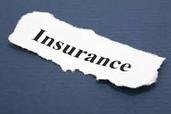
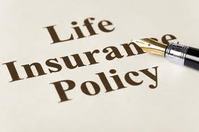
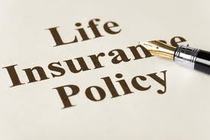
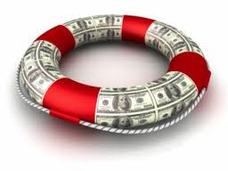
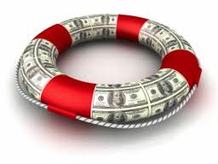


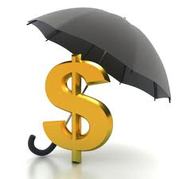









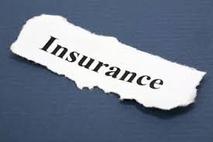



 RSS Feed
RSS Feed
